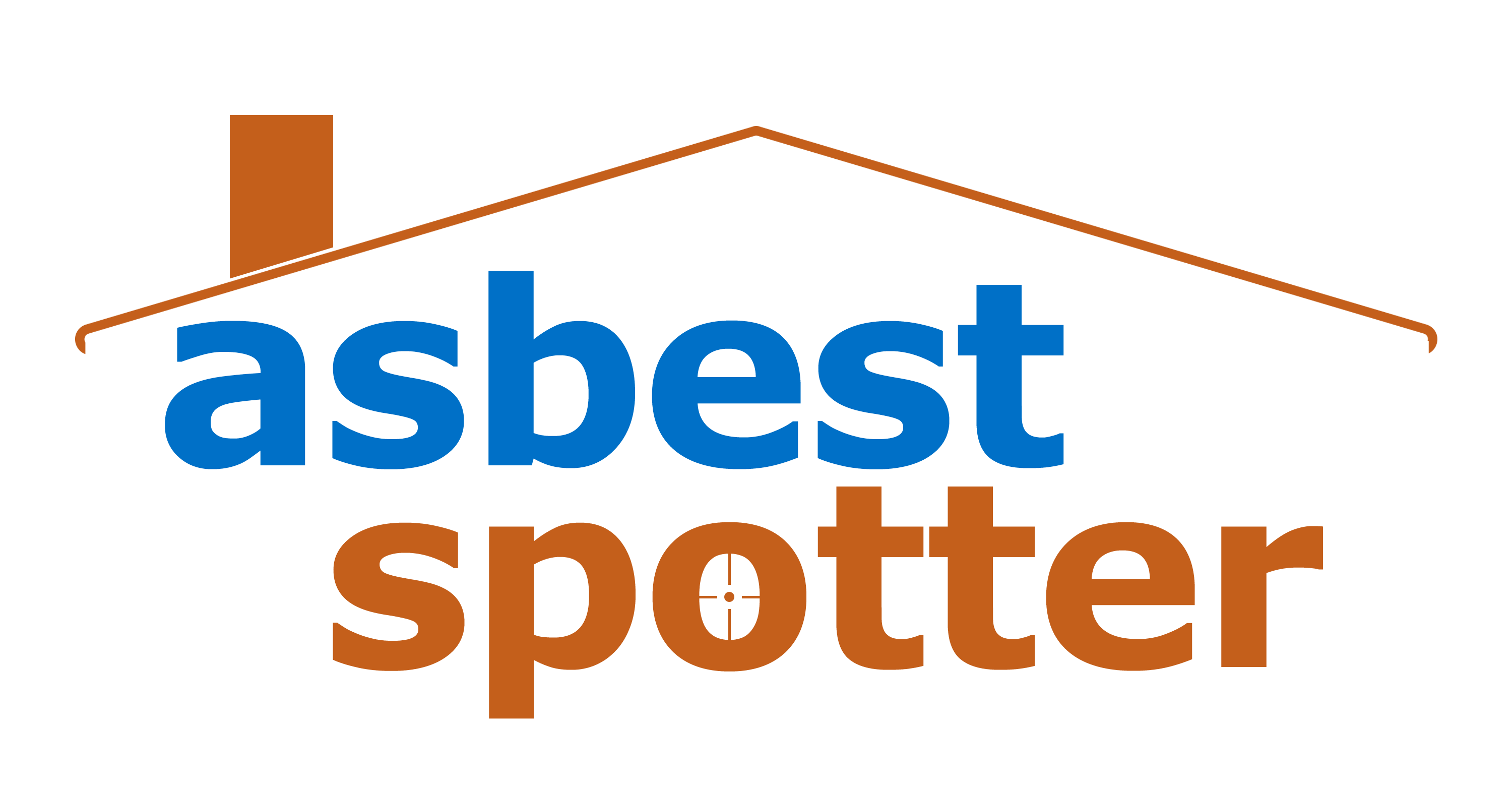What is the difference between loose and bonded asbestos?
The difference between loose and bonded asbestos is clearly explained by OVAM:
In bonded (or "solid") asbestos, the fibers are firmly embedded in the carrier material. A typical example is asbestos cement slates. As long as these materials remain undamaged, they pose no danger. In non-bonded (or "loose") asbestos, the fibers can be released easily. Applications using loose asbestos, such as insulation around heating pipes, are therefore much more hazardous.
In bonded (or "solid") asbestos, the fibers are firmly embedded in the carrier material. A typical example is asbestos cement slates. As long as these materials remain undamaged, they pose no danger. In non-bonded (or "loose") asbestos, the fibers can be released easily. Applications using loose asbestos, such as insulation around heating pipes, are therefore much more hazardous.
What is bonded asbestos?
The term "bonded asbestos" refers to asbestos-containing applications where the fibers are firmly bound with a binding agent, such as cement, bitumen, plastic, or glue. The terms “bonded” and “solid” asbestos are often used interchangeably.
The most well-known examples are asbestos-containing slates and corrugated sheets, where the fibers are bound in cement. Many older buildings and homes still contain bonded asbestos materials today.
As long as you handle bonded asbestos materials correctly—avoiding breaking, sanding, grinding, or drilling—few or no asbestos fibers will be released. Bonded asbestos in good condition poses the least risk to health.
What is semi-bonded asbestos?
Semi-bonded asbestos refers to originally bonded asbestos applications where the binding material has deteriorated due to aging, weathering, or damage. As a result, the material becomes fragile and brittle, making it easier for asbestos fibers to be released. A typical example is heavily deteriorated corrugated asbestos cement sheets.
What is loose asbestos?
Non-bonded asbestos applications are also known as loose, unbound, or weakly bound asbestos. These terms are used interchangeably.
Loose asbestos applications contain little or weak binding agents, such as gypsum. At the same time, the concentration of asbestos fibers is often very high. This makes these materials extremely dangerous. Because they are more prone to damage, they easily release asbestos fibers. The most well-known example is plaster insulation around central heating pipes.
Many older buildings still contain non-bonded asbestos materials today. Due to the greater risks involved, only certified asbestos removal professionals are allowed to handle them. It is crucial to always remove and dispose of asbestos correctly.
Asbestspotter can help you detect asbestos in your home, identify the type of asbestos, and advise you on proper safety and removal techniques.
🧾 Need an Asbestos Certificate in Halle, Dilbeek or Nearby?
Asbestspotter is a certified and accredited asbestos expert, specialized in preparing legally required asbestos certificates.
We operate in Halle, Dilbeek, Sint-Pieters-Leeuw, Beersel, Lennik, and the wider region.
📞 Contact us for a fast, accurate, and affordable asbestos inspection.

